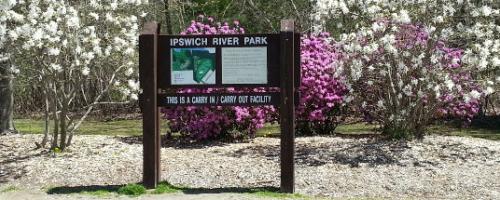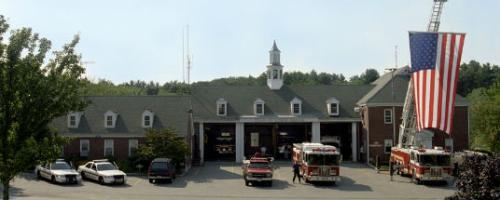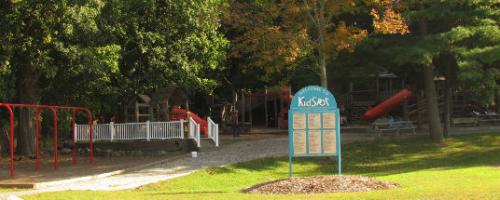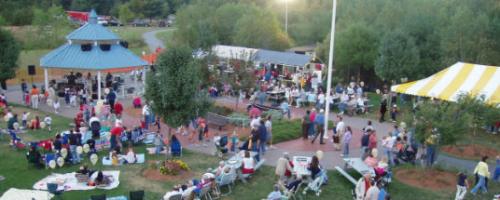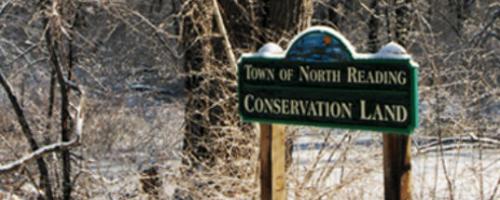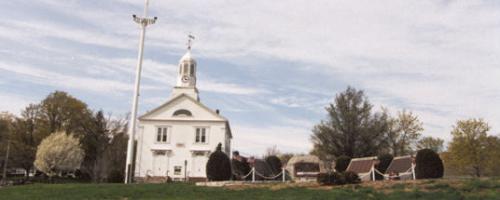When To Water Your Lawn
If your lawn fades in the summer or begins to turn brown, don’t panic. Grass becomes naturally dormant during hot, dry periods. It will revive quickly after a good rainfall or when the weather turns cooler.
For those areas of your yard that are not allowed to go dormant, it is often difficult to know exactly when you should water your lawn. Although it is easiest to follow a fixed watering schedule or put your automatic sprinkler on a timer, that is often not the healthiest way for either the Ipswich River or your lawn. Frequent, light waterings can actually weaken your lawn by encouraging shallow roots that are less tolerant of dry periods and more susceptible to insect damage. The best thing to do is water your lawn only when it needs watering. Here are a few tips to help you determine when it is the best time to water your lawn.
Water just before your lawn begins to wilt. Learn to recognize the signs that a lawn needs watering. These include:
- A bluish-green color to the grass
- Rolling or folding blades of grass
- Footprints which remain on the lawn for several minutes when walked on. Footprints remain in the turf due to the plants’ inability to regain their original configuration because of the lack of water.
- Soil which appears dry at approximately 6 inches below the surface. Use a garden spade or other soli probe to test for moisture.
The ideal time of day to water is between 4 a.m. and 8 a.m. Before the sun comes up and while it is still low in the sky, the grass is already wet with dew. During this time, evaporation losses will be minimized and the wind is usually lighter. Watering early in the morning can also minimize the spread of turf diseases.
The second best time to water is between 8 p.m. and midnight. Lawns can be watered at night except during long periods of hot, humid weather. Excessive watering under these conditions can promote diseases, such as the growth of certain fungi.
The wrong time to water your lawn is during the middle of the day. The loss of water to evaporation and wind will be highest in the mid day. The drops of water also act like small magnifying glasses on the grass, concentrating the effects of the sun and causing sunburned grass.

